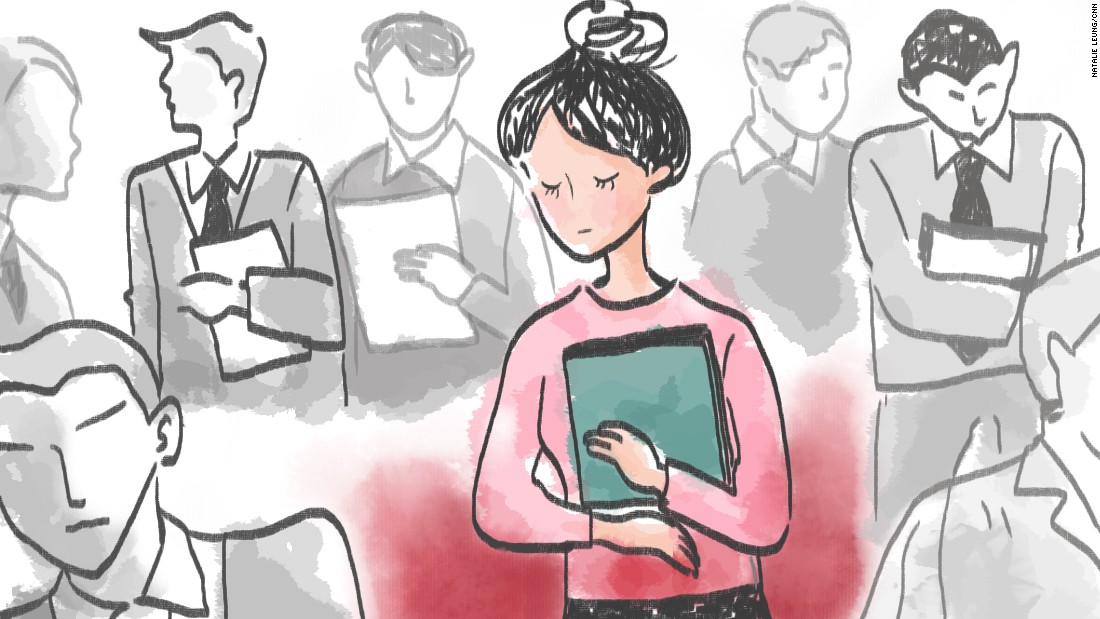Abstract
Women’s role in the workforce has changed significantly throughout history. Their contributions to the economic sectors are getting increased recognition. Maternity Leave Policies are the main reason why women can participate equally in the workforce while also being able to manage their familial responsibilities. This paper explores the impact of maternity leave policies on women’s career progression and workplace equality in India.
This paper explores the evolution and impact of maternity leave policies in India, tracing historical roots and analysing existing statutory provisions. It addresses the challenges faced by women in balancing career and family responsibilities, particularly the impact of maternity leave on career progression. Drawing research by the Genpact Centre for Women’s Leadership identifies individual, familial, and workplace barriers hindering successful reintegration into the workforce post-maternity leave. Implementation challenges and the effectiveness of maternity leave laws are discussed, highlighting gaps in coverage and employer concerns.
The paper concludes with comprehensive recommendations for policy improvement, including extending leave benefits, promoting inclusivity, enhancing flexibility, and proposing amendments to ensure equal pay and support in childcare. Measures to ensure effectiveness through training, monitoring, incentives, and enforcement mechanisms are also suggested. Ultimately, the paper advocates for holistic approaches to maternity leave policies to foster gender equality, support women’s career advancement and promote inclusive workplaces.
Introduction
Women throughout humanity have been involved in different roles. A mother, a sister, a best friend, a homemaker and now a working woman in this modern world. The PLFS (Periodic Labour Force Survey) 2021–22 indicated that about 32.8% of the female population aged 15 and above were economically active during that period. In India, where the population is highly diversified, there has been significant variation in the manner of perceiving and satisfying the needs of female workers. One important area of transition is maternity leave laws which help us learn about societal attitudes, legal frameworks as well and workplace equality.
As we enter this new era of change, women’s empowerment and critical roles within economic sectors also advance with us. This paper seeks to explore maternity leave policies in India by examining their historical roots, studying what statutory provisions currently exist, as well as looking at their impact on women’s careers. The maternity leave policy in India has changed over time to accommodate the unique needs and challenges that working women face. The history of these laws shows that society recognizes the importance of helping women balance their professional and family responsibilities.
Pre-Independence Era:
Before India’s independence in 1947, the labour work environment and policies were predominantly influenced by British Colonial rule. During this period, there were limited legal provisions specifically addressing maternity leave. The conditions in the emerging industrial sector were challenging for workers, with long working hours and minimal workers’ rights.
The British Empire introduced a couple of acts that touched upon labour issues but did not provide a lot of protection for pregnant or postpartum women. Notable among these acts were The Employee’s Compensation Act and The Payment of Wages Act of 1936. These acts aimed to address certain aspects of employment conditions but did not focus exclusively on maternity-related concerns.
The Maternity Benefit Act of 1929 was a remarkable landmark in the history of India and the first legislation in the pre-independence era which addressed specific maternity-related issues at the workplace as the key concern. It was crafted by eminent people like Dr Babasaheb Ambedkar, N.M. Joshi, and M.K. Dixit.
Click Here To Download The Paper


📌Analysis of Bills and Acts
📌 Summary of Reports from Government Agencies
📌 Analysis of Election Manifestos

